- Your cart is empty
- Continue shopping
Shop
PSA FREE (PROSTATE SPECIFIC ANTIGEN, FREE)
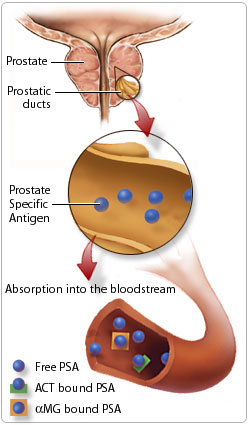
PSA is a protein that the body produces in the prostate gland and parts of the urinary system. There are different forms of PSA, including total and free PSA. They can either bind to another protein or float freely.
A total PSA test measures all the PSA, including both the bound and the free-floating antigens.
A free PSA test, on the other hand, only measures PSA that is floating freely in the bloodstream and not bound to a different protein.
A doctor can test free and total PSA levels by taking a sample of blood and sending it to a laboratory for analysis. Comparing the two results can help them understand the risk of prostate cancer being present.
Comparing total PSA levels with free PSA levels can give an idea of the risk of having prostate cancer.
According to the American Cancer SocietyTrusted Source, total PSA results may indicate the following risk:
| Total PSA levels in nanograms per milliliter (ng/ml) | Risk that prostate cancer is present |
| below 4 | unlikely |
| 4–10 | 25% |
| 10 or above | 50% or above |
Comparing free and total PSA
Comparing the results of total and free PSA tests can give doctors an idea of how likely it is that a person has prostate cancer.
Free PSA ranges can vary, but generally, a higher ratio of free PSA to total PSA indicates a lower risk of prostate cancer. On the other hand, a low ratio of free PSA to total PSA indicates a higher risk of having prostate cancer.
However, PSA tests alone will not confirm a diagnosis, as other factors can affect PSA levels. A digital rectal exam (DRE) and prostate biopsy may also be necessary.
One reason the result may not be definitive is that other factors can affect PSA levels. These factors include:
- an enlarged prostate gland
- anal sex
- prostate stimulation, such as during a rectal examination
- ejaculation
- medications to treat an enlarged prostate gland
- vigorous exercise
- urinary tract infections
- prostate surgery
- a prostate infection, or prostatitis
A doctor will consider the timing of a PSA test to ensure minimum interaction with other procedures.
For example, a person may need to wait 6 weeks to have a test after:
- bladder or prostate surgery
- the insertion of a catheter
- a prostate biopsy
- a urine infection
Also, a person should not engage in any vigorous exercise for 48 hours before the test.
Age
PSA levels also increase with age.
The following table shows the approximate rangesTrusted Source for total PSA in ng/ml by age:
| Age in years | PSA levels in ng/ml |
| 40–49 | 0–2.5 |
| 50–59 | 0–3.5 |
| 60–69 | 0–4.5 |
| 70–79 | 0–6.5 |
PSA kinetics
In people with prostate cancer, a factor known as PSA kineticsTrusted Source can affect PSA levels.
PSA kinetics reflect how levels change over time, as can happen when a person has or is undergoing treatment for prostate cancer. The factors involved are PSA velocity and doubling time.
PSA velocity measures how rapidly levels are rising, and it can indicate that prostate cancer is recurring or progressing.
Doubling time is a calculation of how long it takes for PSA levels to double. It can give an idea about how quickly the cancer is progressing. For example, a faster doubling time can suggest a more aggressive cancer.

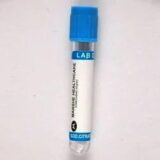
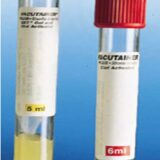

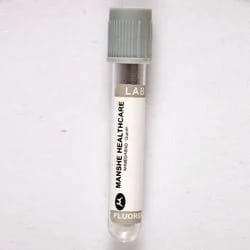
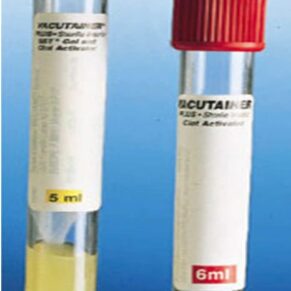
Customer reviews
Reviews
There are no reviews yet.
Write a customer review